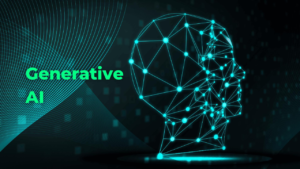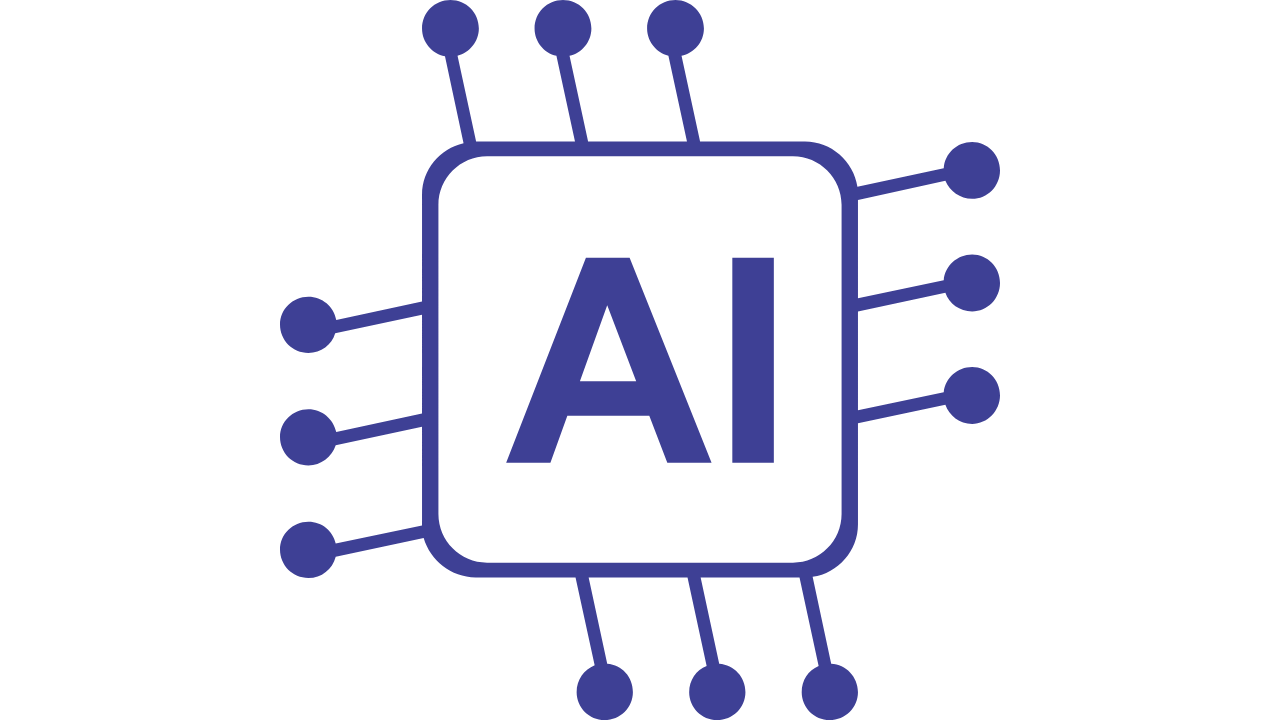- GenAI tools to dominate 70% of software tests by 2028, minimizing manual testing.
- IDC: 48% of APEJ enterprises prioritize AI for code review and testing efficiency.
- AI/ML testing focuses on test prioritization, root cause analysis, and self-healing procedures.
- Asia-Pacific sees rapid growth in generative AI-assisted software development.
- GenAI for test automation streamlines script generation with AI algorithms.
- Developers and DevOps to lead AI-powered automation in software development.
- Gen AI to revolutionize legacy app refactoring, automating 50% of tasks by 2027.
- Consumers to engage with AI via mobile devices for product interactions by 2026.
- Natural language predicted to become the most widely used programming language by 2028.
- Asia-Pacific forefront in recognizing AI’s potential, marking a transformative era in software testing.

Transforming the Testing Landscape by 2028 :
The landscape of software testing is poised for a revolutionary transition, with Generative AI (GenAI)-based solutions expected to account for an astonishing 70% of software tests by 2028. This disruptive advancement is expected to reduce the reliance on manual testing, resulting in improvements in test coverage, software usability, and overall code quality, according to a recent report.
AI’s Impact on the Asia-Pacific Region :
According to the IDC, 48% of organisations in Asia-Pacific excluding Japan (APEJ) consider code review and testing to be excellent candidates for AI involvement in optimising developer activities. The emphasis on using AI and Machine Learning (ML) in testing covers a wide range of topics, including prioritising tests, finding the root causes of failed tests, developing test cases, and implementing self-healing and testing methods.
GenAI for Test Automation :
The introduction of GenAI for test automation is a huge step forward, as it uses AI algorithms to produce and maintain test scripts. This technique not only offers more efficient testing procedures, but it also guarantees adaptability in response to changing software needs. According to Dhiraj Badgujar, Senior Research Manager at IDC Asia/Pacific, the Asia-Pacific market is experiencing strong expansion in generative AI-assisted software development, with significant investments from China, India, and Japan to improve software testing capabilities.
Automation was pioneered by developers and DevOps :
The paper emphasises that AI will be a driving force behind increased degrees of automation in software development, putting developers and DevOps professionals at the forefront of this disruptive paradigm. Gen AI is expected to reinvent legacy application reworking, with organisations using GenAI tools and cloud service provider platforms for 50% of code conversion and development tasks by 2027.
AI’s Impact on Consumer Interactions :
Beyond development circles, AI is poised to transform consumer relationships. By 2026, more than half of consumers are expected to interact with AI via mobile devices to discover, evaluate, and purchase desired items and services. The paper forecasts a future in which natural language is the dominant programming language, with developers using it to construct 30% of net new applications by 2028.
Finally, the use of GenAI-powered tools in software testing marks a watershed moment in the development ecosystem. The Asia-Pacific area, in particular, is at the vanguard of this transformation, recognising AI’s potential to expedite tasks and improve overall software testing capabilities. As automation gains traction, developers and DevOps professionals are set to lead the charge, ushering in a paradigm shift in how software is built, tested, and interacted with by users.

